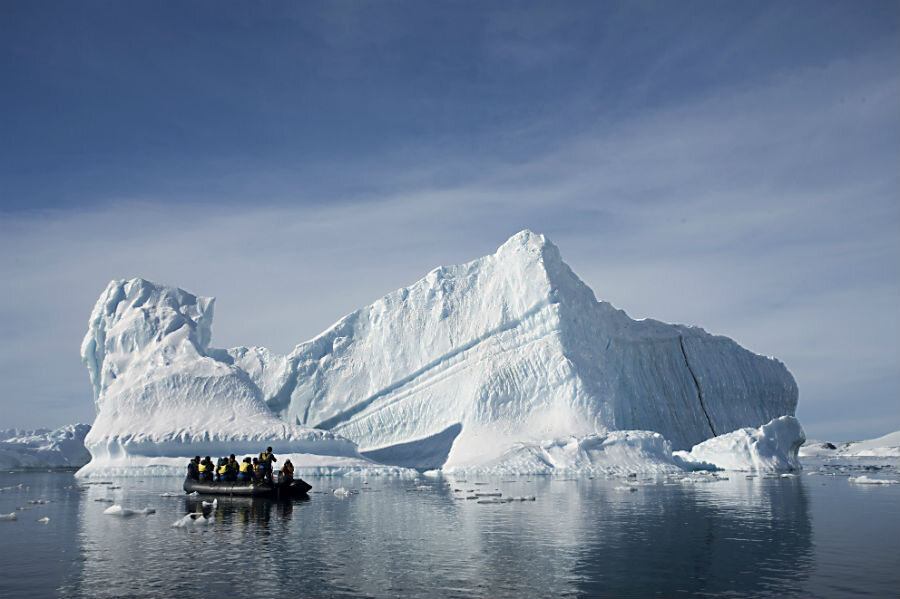71-million-year-old fossils: Antarctica yields clues to last of the dinosaurs
Loading...
First, you fly to South America, to the very southern tip of Chile. There you prepare, for weeks. Only then are you ready for the four-day crossing of Drake’s Passage, home to some of the biggest seas in the world.
After that, when you finally reach the icy Antarctic Peninsula, you disembark, spending days transporting your gear ashore and setting up a camp capable of withstanding the ferocity of the southern continent.
So it was for an international team of paleontologists who recently spent about seven weeks trudging back and forth for six miles a day, scouring the windswept rock for signs of creatures who had inhabited the land in lusher times.
“Working in Antarctica is really tough,” said Steve Salisbury, one of the 12 scientists on the expedition, in a video produced by the University of Queensland. “But the hardest thing I think was actually getting there.”
Dr. Salisbury has attempted this research several times before, but on each occasion, sea ice has defeated his efforts.
This time, however, the team – which includes scientists from Australia, South Africa, and the United States – reached their destination, assisted by a huge icebreaker, two helicopters, and Zodiac inflatable boats. Their chosen location was the James Ross Island area, one of the few regions of Antarctica denuded of snow in the summer months, exposing the rocks so vital to the team’s work.
“The rocks that we were focusing on come from the end of the Age of Dinosaurs,” said Salisbury, “so most of them are between 71 million and 67 million years old.”
While the researchers did indeed come away with some dinosaur remains, as well as early ducks, most of the animal fossils in their one ton-haul were ocean-dwellers, including a multitude of marine reptile remains such as “plesiosaurs and mosasaurs – a type of marine lizard made famous by the recent film Jurassic World.”
To carry out their research, the paleontologists camped on Vega Island during February and March this year, hiking daily about three miles each way to reach their main excavation site on Sandwich Bluff.
“We also did a lot of good geological mapping while we were there,” Salisbury said. “We recorded the thickness of all the different rocks and information on the sorts of environments that they represent and how it comes together to create a picture of the environment down there at the time these animals existed.”
The fossils they found now sit in Chile, awaiting shipment to their final destination: the Carnegie Museum of Natural History, Penn. After they arrive, many of the bigger bones will require substantial preparation before the researchers can conclude their work, perhaps taking “a year or two” to yield final results.
“What we found or didn’t find isn’t as important as the fact that we were actually there, trying to do it,” concluded Salisbury. “If that inspires other people to get into the hunt for fossils, then I’ll be very excited.”






